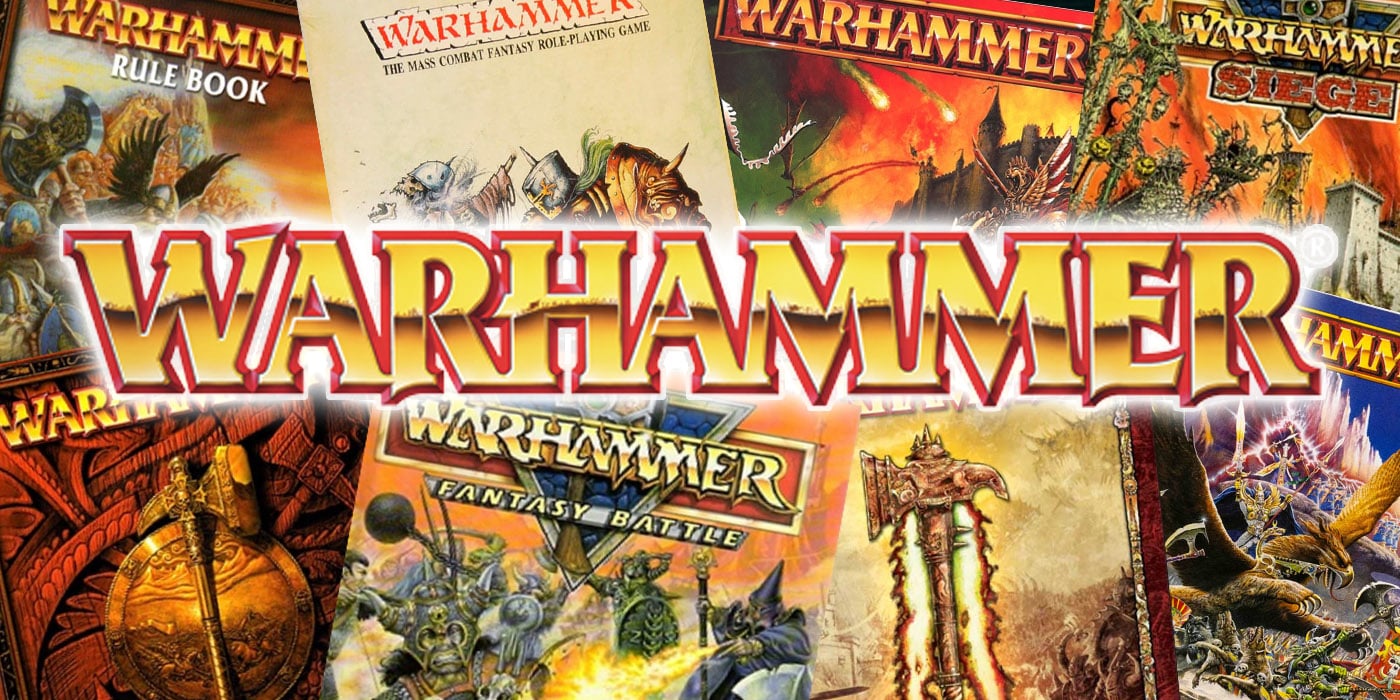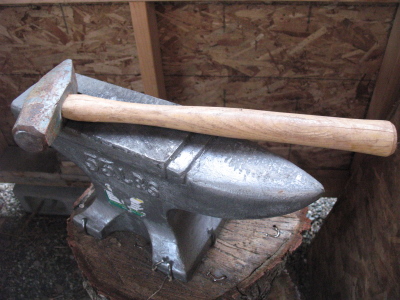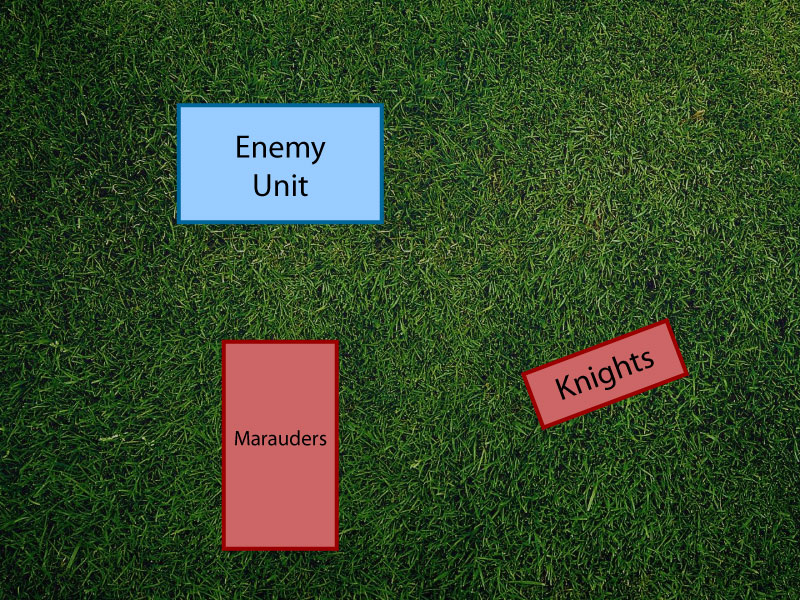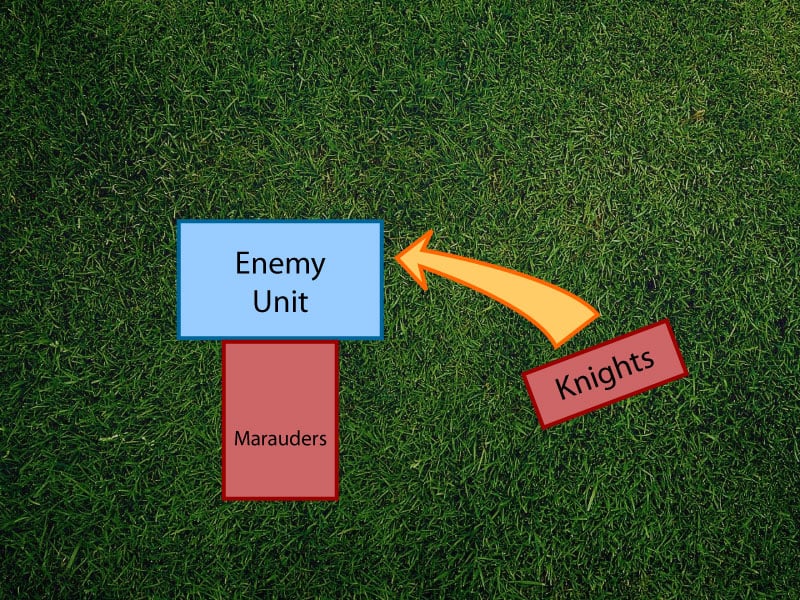WFB Tactics: Hammer and Anvil

One of the most fundamental strategies of WFB is the Hammer and Anvil. Today I’m going to help you assess what units you can use to best fill these roles.
Hey everyone, it’s Adam from TheDiceAbide.com again and today I’m going to be touching on one of the most important strategies in Warhammer, and probably more so in 8th than any older edition.
While I expect that anyone who is well versed in Warhammer to (hopefully) have a grasp on this concept, it is something that I’ve discovered many new players have a hard time visualizing. When you broadly classify units in WFB, you can generally split them up into two groups: offensive or defensive. Even though some units may offer more utility than this, it is still good to understand if a unit has more survivability or more damage potential.
The Hammer
First up I’m going to talk about Hammer units, since they tend to be the most straight forward. Generally, your hammer will be a unit which can cause a lot of damage, but may either have a low chance of survival, or are too many points to take in large numbers. Because of these limitations of the unit, they can be risky to take on their own, or even if they do win, they may not be able to break through a steadfast unit. Some good examples of hammers are things like Chaos Chosen, Trolls, Dark Elf Executioners, Bestigors, and so on.
The Anvil
The second unit to this strategy is your Anvil. This unit has to be able to accept a charge, and not die or run away. Often times, Anvils are made up of a 5-wide unit of extremely cheap models (Skeletons, Skaven Slaves, Dark Elf Spearmen, Chaos marauders) and run very deep (7-8 ranks). Alternatively your anvil may be made up of units that wont run away, such as Empire Flagellants, Great Swords, Dwarfs of nearly any variety, White Lions, and pretty much any unit that is either Unbreakable or Stubborn. It is your goal as a general to get your Anvil into a spot where your opponent will have to charge them, so it is very important that they will survive that initial round of combat.
Putting the two together
Here is how it would look like in an ideal world:
First your opponent is in a situation where they see that they are about to get charged by two units. The player will charge the Marauders, hoping that he can kill enough to break through, since the Marauders have Hand Weapon and Shield, he knows he wont lose the combat. Unfortunately for him though, there are just too many marauders to cut through, due to their frontage of 5, the Marauders have negated several rows of enemy troops in the fight, and they then pass their Steadfast break test.
Now the Chaos Knights come in, hit him hard in the flank, the enemy unit isn’t steadfast due to the large number of Marauders still left, they break and the Knights run him down. Game over, victory to Chaos!
Most of the time you play, this will probably not be as neatly set up, but it is something that you should try and pull off, because when it works, it is devastatingly effective. One of the biggest reasons the Charge Redirecting strategy exists is to counter Hammer & Anvil.
Deceiving the Opponent
Most experienced players will avoid getting into this kind of a situation at nearly any cost, so sometimes you need to use some guile to pull it off. One of the most effective ways is to pull this off is to disguise your Anvil as a Hammer! Even though a Hammer unit will deal a lot of damage, it is often preferential to charge the Hammer so that you can wipe it out before you get caught in a trap, so the question becomes, how do you fool your opponent?
My favorite way of doing this is to have a character with the Crown of Command join a unit (in my case a Beastlord in a unit of 39 Gors, run 10 wide), and if that unit looks like an offensive unit, it’s even more deceiving. My opponent charges my 4 deep unit of Gors (not being afraid of a bunch of S3 attacks), thinking that he will easily break their steadfast, I do some damage back, but typically lose the first round of combat, but then I reveal that I have the Crown of Command and he’s stuck there while he takes a unit of Minotaurs or a Ghorgon and some Chariots to the flank.
Another good way is to use the Unbreakable or Stubborn units we mentioned before, run 10-wide like a Horde (10-wide Flagellants). Most people will forget that you don’t need ranks and will assume you’ll be an easy target to break, but then as long as one of your models is still alive, they’re going to be stuck and will meet their doom.








